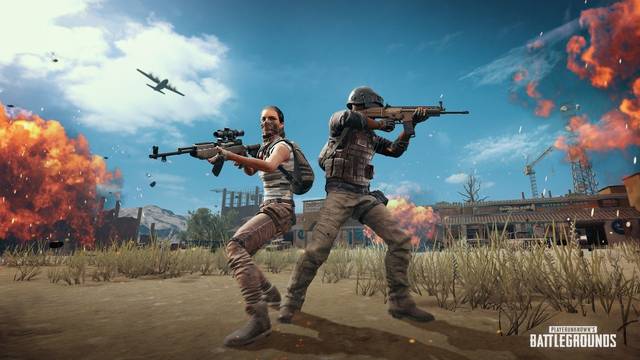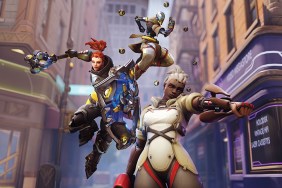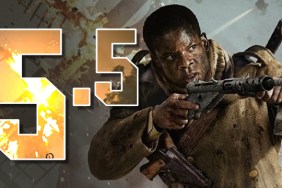Firearms are not part of everyday life in Britain. Apart from the occasional armed police officer scattered across city centers and airports, we rarely even see guns. But despite this, I know a lot about guns. I could tell you the difference between the sound of an assault rifle and a pistol, or talk about the pros and the cons between using the AK-47 over the UMP. And these aren’t just fictional tools we see in the latest video games, but real-life weapons of war designed to kill other humans. Video games have taught me a lot about different weapons, but should they use exact digital replicas of real-life guns?
Video games, and shooters especially, have an interesting relationship to realism. While hiding behind cover or touching a medkit can somehow heal multiple gunshot wounds, the weapons used to inflict those wounds are needlessly realistic and often licensed from real weapon manufacturers. As shown by a 2013 article from Eurogamer, the arms dealer profit overwhelming from the relationship, being paid by the studio, and in return receiving what is essentially free advertising for their weapon. These deals are nearly always hidden, with game developers paying undisclosed amounts to use the name and branding of popular or recognizable weapons.
These deals also stipulate how the weapon should be presented too. Small arms manufacturers don’t want their killing tool to be shown in a negative light. Normally this means they want their weapon only in the hands of the good guys.
Incredibly Detailed Killing Machines
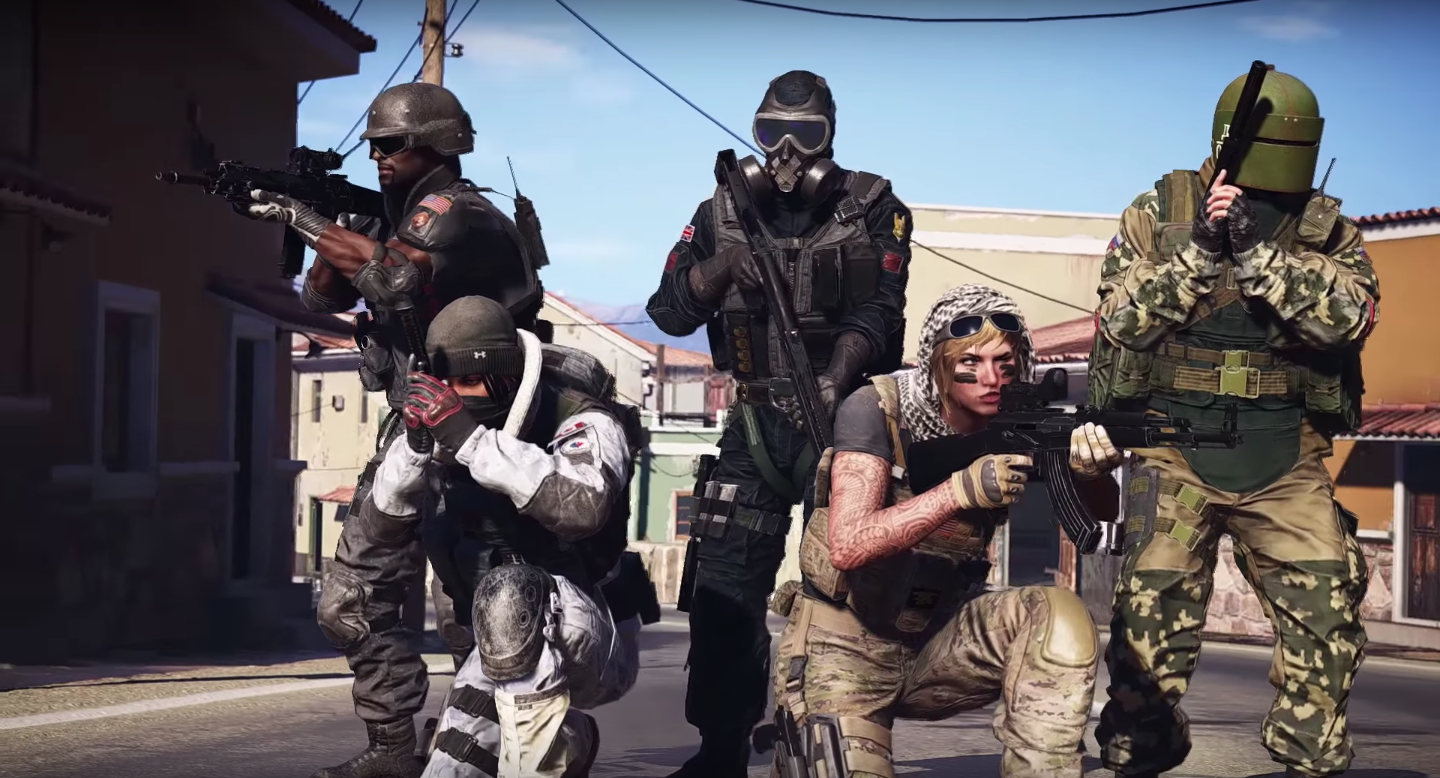
Like racing games, fans of the product can see the effort that went into realizing its digital depiction. The level of detail in the design, implementation and use in game is extremely impressive with several vehicles and firearms looking identical to their real-life counterpart. But unlike cars, guns have only a few very specific uses.
There is an epidemic of mass shootings and other gun-related deaths happening in the United States right now, and while the British news only filters in the most prolific or disrupting cases, it’s not hard to see how common the problem is. And weapon manufacturers that get paid by the biggest games studios also profit from these tragedies. Gun sales even historically go up after mass shootings as more people become scared.
No matter where you stand on the Second Amendment debate, it’s difficult to argue that these multimillion dollar companies need any free advertising. These companies that fund one of the biggest lobbying platforms in America and knowingly profit from heinous acts of cruelty and don’t need this advertising to remind you how fun their guns are to shoot.
Video game companies can seemingly use weapon designs free of charge, as long as they don’t use their names or brands, but the inspiration of the design is still very evident. Even if you don’t know much about real guns, you’ll probably recognize them from other video games that have paid for the license. Encouraging players to think of weapons that they could physically own as nothing but an exciting toy is dangerous and unnecessary. Video games don’t cause mass shootings but using actual firearm licenses in them can help create more solid basis of knowledge of real-life weapons that a fantasy weapon would have.
We would enjoy all these games just as much if the weapons they used were not exactly based on real killing machines. The games would even have more of a unique personality as they move anyway from the constraints of real firearm design and allow their designs to create something different and exclusive.
Real Enough
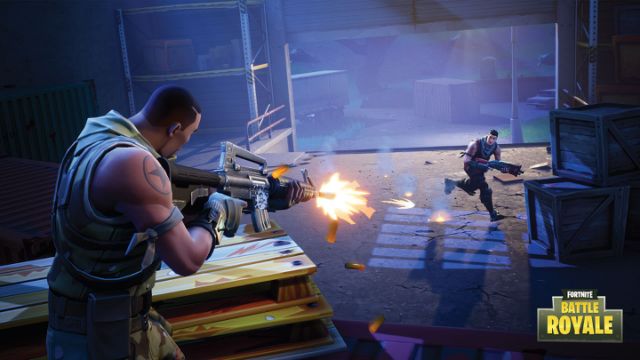
Some games do avoid using real-world weapons. Overwatch‘s focus on its heroes makes each unique weapon a reflection of their wielder rather than something designed for anyone to kill with. EA claimed not to buy any weapon licenses for Battlefield 4, but infamous designs like the AK and FAMAS still appeared in its arsenal. Call of Duty: Blacks Ops 4‘s futuristic setting allowed them to implement unlicensed weapons but its designs were still obviously heavily influenced by actual military ordnance. Fortnite, one of the biggest games of the generation, doesn’t even want to look like a military shooter, but still includes a selection of guns that look remarkably like actual products, such as the SCAR.
Likewise, Player Unknown’s Battlegrounds, the second biggest battle royale on the market, has always adopted a more “realistic” feel, complete with an arsenal of real-life (or similarly inspired weaponry) including the same SCAR found in Fortnite. Tom Clancy games, like the books, are infamous for the care put into faithfully glamorizing their weapons and including all the biggest names and brands in intricate detail. And while the name brand weapons can foster a sense of authenticity that a Tom Clancy game or Call of Duty might need otherwise, it might not be worth paying those companies for it.
These are titles you probably play and enjoy. You probably even have a favorite weapon in them. I’m not calling for an end to violence in video games, but an end to needlessly fetishizing real world weaponry for the sake of realism. You don’t need a real gun to enjoy the tactics and tension of a military shooter, nor does it add much realism when the fundamental mechanics of the game are so fanciful.
Shooters aren’t trying to make a political point with their depiction of real-life guns. They are paying vast and unethical companies huge sums of money to act as their advertisers. The money that goes into these companies is used to pay politicians and lobby groups to continue the cycle of violence and profit. Video games don’t have to be part of that.
